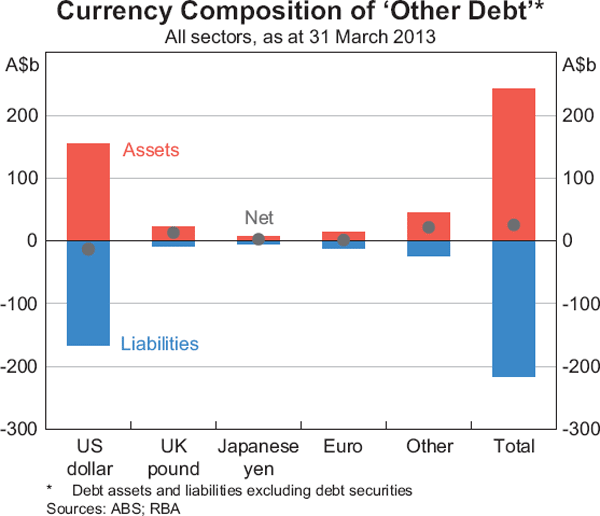

if its out of that range I would think its off by the amount outside the range previously stated.

If your scale weighs a penny and its within these acceptable ranges I would say the scale is accurate. 76 (from penny to penny so weigh more than one to see if your scale falls within this range). A penny (if you weigh 32 of them) can range in weight from 2.42 Grams to 3.18 grams the difference in the range is from. I would like to add my 2 cents in on this one.įirst the weight of a penny. 4.9 would be the answer if you only had to go to one decimal but weigh it on a 5 decimal place scale to find a funnier one. Quarter Standard weight 5.670 grams Gregor C Ī. ↓ Closely related postings, oldest first ↓ The difference is marginal, though, as someone stated earlier. weight is also then varied due to things like dents, scratches, rust, dirt, corrosion, chips, etc. Following that, from '83 until the bi-centennial in '09 and the minting of the shield reverse in '09, the Memorial Reverse Penny began being minted from the copper-plated zinc variety you see today.īut a nickel is a nickel, and those are a nickel in grams! 5 ¢= 5g! :)Īnd. From '59 to '82 the Memorial Reverse penny was copper, giving it the same weight of 3.11g. The Lincoln Memorial Reverse on the other hand, is your largest variable. The Lincoln penny Wheat Reverse does in fact weight (at pressing) 3.11g, and the new Lincoln Penny with the Shield Reverse weighs in at 2.5g. You could "rough it" with: You're likely to see less than 5% of the old wheat ones on average. The older "Wheat-back" pennies are about 3.1 grams and the newer ones 2.5-2.6 grams I think, so weighing a bunch of pennies at a time and dividing to find how many dollars worth you have won't work very accurately to count the pennies unless you have a fair knowledge of how much of each of the older ones and how many new ones are in the bucket. Those commenting here on the Penny's weight … Grow your collection and browse our broad assortment of pennies and cents today.A. Perhaps these stories were born of the steel cent, which was grayish in color. You can see that pennies were never struck in Silver, although there are urban legends about Silver pennies.
/GettyImages-1032677786-c5fd9773b44249a3a8deb34a2914135e.jpg)
Penny Composition by Year Yearsīrass (shell case Copper) 95% Copper, 5% ZincĬopper-plated zinc (97.5% zinc, 2.5% Copper) It is also good to know the current melt value of a Copper one-cent piece is just about $.02. pennies, it is important to know pennies minted in 1982 may be of either a 95% Copper alloy or zinc with Copper plating. If you are interested in obtaining Copper in the form of older U.S. There were periods in our nation’s history when pennies were produced of other materials, such as during World War II when steel cents were used. This composition became the standard in 1983. However, contemporary pennies are zinc discs with a thin Copper shell. Pennies are commonly thought to be primarily Copper due to their distinctive color and for most of our nation’s history, that was true.


 0 kommentar(er)
0 kommentar(er)
